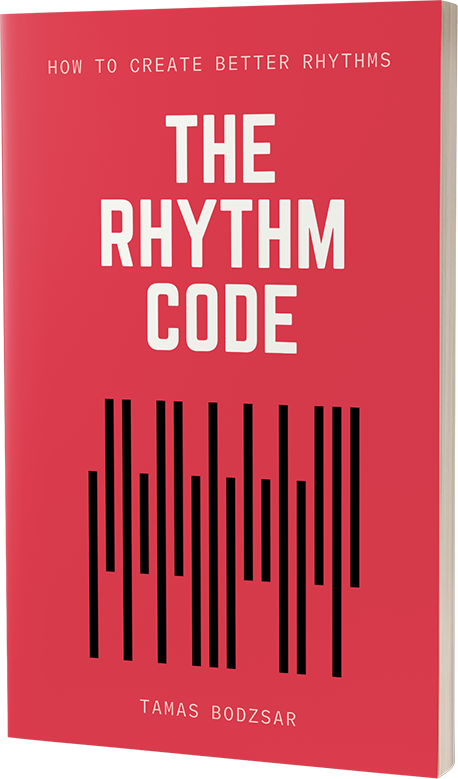
We have a previous blog post to explain how you can create a song in the Lydian mode. While it turns out, there is no such thing as “Lydian chord progression“, there are ways to write a song in the Lydian mode.
Now we will take a look at how we can write a song in the Dorian mode.
Different modes evoke different feelings or moods, for example, the Lydian mode has a very bright, uplifting mood.
The Dorian mode has a “darker” mood, and you would think that it evokes a “sad” mood because it’s a minor scale and the tonal center is a minor chord. But the mood of the Dorian mode is more like “sexy” or “cool”.
Just listen to these songs, that are written in Dorian mode and you will understand what I’m talking about:
As I mentioned earlier, there is no such thing as “Lydian chord progression”, and the same applies to the Dorian mode. Just think about it: you are using the very same set of chords, no matter what is the mode.
Some people think that if you start OR end the chord progression with a certain chord, it will create a “modal chord progression”. For example, if you start the chord progression with the IV chord, it will be a Lydian chord progression.
There is no such thing as modal chord progression.
Usually, it’s the chord progression AND the melody together that will create the mode. Let me show you some examples.
Melodies usually end on the tonal center! In the case of the previous two examples, they both end the melody on the II. degree of the major scale.
Here is the first line of the song Wicked Game:

It’s in the key of A major, and the melody ends on the note “B”, which gives us the feeling that the tonal center is the note B.
The other song is Billie Jean by Michael Jackson. The first part of the verse is in the Dorian mode because again, the melody ends on the note F#, which is the second degree of the key (E major key):

But in this case, the melody by itself alone doesn’t give us a clue about the mode! The melody notes are: F# – G# – A – B – C#. This could be both Aeolian or Dorian. In this case, the chord G#m/F# AND the last note of the melody tells us that this part of the song is in Dorian mode because the G#m chord contains an important note of the mode: the note D#.
(However, 2 bars of this verse is NOT in Dorian mode, where the chord is Bm, because it contains the note D!)
Another song is “Boulevard of Broken Dreams” by Green Day.

This is in the key of Eb major, and the chord progression is:
Fm – Ab – Eb – Bb
IIm – IV – I – V
As you can see, the melody ends on the note F, and that makes us feel like it’s the tonal center.
Another example is the song “Moondance” by Van Morrison:

Again, the melody alone wouldn’t tell us whether if it’s in the Dorian mode or note, but the melody ends on the note “A”, AND the chord “Bm” contains the note F# which. So the melody AND the chord progression together create the Dorian mode.
The next example is the song “My Favorite Things”:

Again, the melody ends on the note “E”, and together with the chord progression of IIm – IIIm they create the Dorian mode.
Let’s see what is common between these examples
1. All the melodies end on the second degree of the major scale, and this creates the feeling that it is the tonal center.
2. All the chord progressions start with the IIm chord.
3. Many of those chord progressions uses the IIIm chord, and that gives us the clue which key it is because this chord contains the seventh degree of the major scale (for example, the note “B” in the key of C major). That note is an important note of the Dorian mode because it differentiates it from the Aeolian mode!
4. Many of these chord progressions end on the V chord.
But now, let’s take a look at a song that starts with the IIm chord and end with the V chord. First, I want you to listen to the song here:
Do you think that this song is in the Dorian mode? I don’t think so.
Here are the first few bars of the verse:

Even though the chord progression is very similar to the previous examples, the melody ends on the sixth degree of the major scale, and that makes us feel like it’s in the Aeolian mode! And if you take a look at the chorus, the chorus melody ends on the note “A”, which is the first degree of the major scale.
So what do you think? Is this song is in Dorian? Drop me a message if you disagree!
The secret pattern behind successful songs
Get the eBook for $4.99

